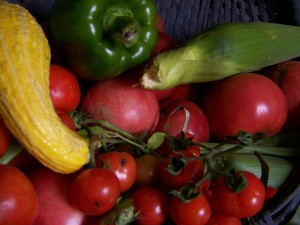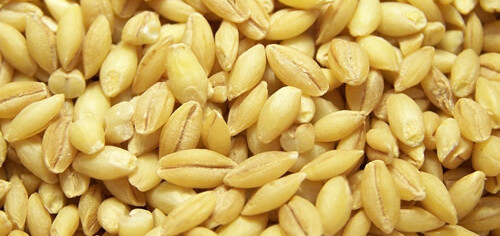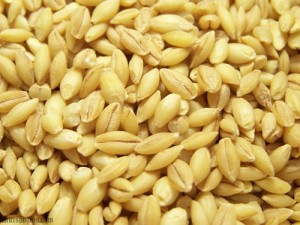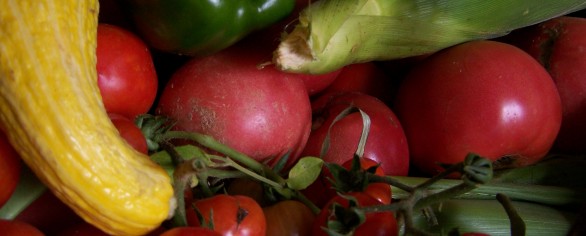We were recently asked this question. We hope that by sharing the anwer with you – we are able to help you as well.
Hi guys. Love the info! My storage spot is the garage but Summer gets hot. Am I ruining the grains I’m starting to store?
————————
Answer:
Thank you for contacting us and for your kind remarks! We’re delighted to be of service.
Ruining? Not really. But you may be shortening the life of them.
Grain stays intact and fully nutritious at approx 80degrees at the hottest. Over that temp it begins to decompose/breakdown.
If the wheat germ oil inside gets consistently hot then cool then hot then cool it will make the wheat bitter tasting and thus, not so good when you go to use it. It may also not ‘act’ like regular flour either due to the density of the oil after prolonged heat.
Indoors. In dark or no exterior windows. Dry. Away from any heat source. No hotter than 80 degrees F. Is the optimum way to store grain to last for hundreds of years.
Hopefully this helps answer your question!
—
Joseph & Donna Miller, Owners
Millers Grain House
Thank you for allowing us to serve you. It is our pleasure!
Deut 28:5 – “A blessing upon your grain-basket and kneading-bowl.”
Feel free to contact our office via email or call during business hours.
Mon – Thurs 9:00-5:00, Fri 9:00-4:00 Eastern Time (Closed Sat & Sun)
 1.828.536.4988
1.828.536.4988
Come Visit the NEW Millers Grain House – https://www.millersgrainhouse.
Free Video Encouragement – http://www.youtube.com/
Free Radio Show – Encouragement in the Kitchen – http://www.blogtalkradio.com/

Consumers practically need a PHD to read the labels on boxed items, so buying whole foods is usually easier to decipher right? Not always. We practically need a decoder ring to clarify those tiny stickers on produce.
 Have you ever tried to figure out what is the most healthy produce to buy? An apple is an apple is an apple, right? Well, maybe not. Let me help you with decoding the produce codes.
Have you ever tried to figure out what is the most healthy produce to buy? An apple is an apple is an apple, right? Well, maybe not. Let me help you with decoding the produce codes.
A great way to identify organic products, which must be produced without the use of antibiotics, synthetic hormones, genetic engineering and other excluded practices, is to look for the USDA organic label. There is a wide amount of wiggle room on percentages and understanding of USDA regulations for learning what these seals mean, so we will discuss the USDA organic labeling and seal in a separate blog.
Most produce in the market has a small sticker or a bar code with 4 to 5 numbers. It’s time to take out your decoder ring, your paper and pencil and put on your spy glasses and trench coat.
We’re going to take a look at just the first number to know what you are getting:
- If it starts with the number “8” at the front of a (usually) five digit number = It is Genetically modified (DNA altered) and is not grown organically or certified organic (has pesticides).
- If it starts with the number “9” it is usually a five digit number = It is Organically Grown and non GMO.
- If it starts with “3 or 4” and usually a four digit number = It is conventionally grown (with some pesticides), not usually genetically modified (thus is non-GMO), but is not grown organically or certified organic (has some pesticides).
In closing, I shall leave you with a (cheesy) little rhyme to use instead of the spy garb to help you remember how to decipher the produce codes:
The number nine (9) is always fine.
Three or four (3 or 4) might be allowed through the door.
If you can come up with a better memory system, by all means please HELP ME and please leave a comment!! (o:
Best Blessings!
Donna Miller, Owner of Millers Grain House





